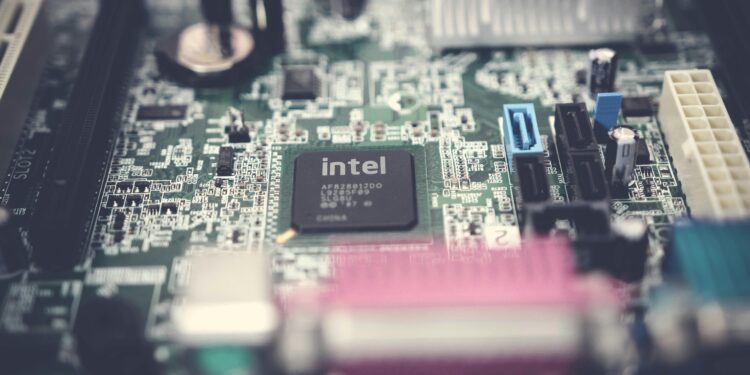As AMD’s Lisa Su outlines ambitious market-share goals, Intel’s turnaround faces its toughest test yet
Intel (INTC) is in the midst of one of the most ambitious comebacks in its history — a multiyear effort to reclaim its standing as the world’s leading chipmaker after years of manufacturing setbacks and lost market share. The company’s latest earnings showed a flicker of progress, buoyed by stronger data center results and the rollout of long-delayed products. Yet, the road ahead looks steep, as rival AMD (NASDAQ: AMD) continues to erode Intel’s dominance across both data center and PC markets.
At AMD’s Financial Analyst Day in New York this week, CEO Lisa Su laid out a bold roadmap: she expects AMD’s data center business to capture up to 50% of CPU server revenue market share within the next three to five years, rising from roughly 40% today, thanks to its powerful Epyc chip lineup. On the consumer side, Su forecasted 10% revenue growth across AMD’s client division, which includes gaming and PC chips — pushing its client revenue market share beyond 40%, up from 28%.
If those projections prove accurate, industry tracker Mercury Research estimates Intel’s client market share could fall from about 72% today to near 60%, a stunning reversal for a company that once commanded near-total control of the x86 chip landscape. AMD’s surge has been fueled by a combination of execution and innovation — and by Intel’s years of production delays and strategic missteps.
“AMD has executed incredibly well in its data center CPU space,” said Daniel Newman, CEO of The Futurum Group. “It’s a perfect storm of strong execution and innovation from AMD and several years of vulnerability from Intel.”
Still, analysts are cautious about AMD’s lofty targets. Bernstein’s Stacy Rasgon described the projections as “somewhat aggressive, but not necessarily impossible if one wants to dream.”
Intel, under CEO Lip-Bu Tan, is not standing idle. The company recently began shipping chips built on its long-delayed 18A process technology, launching the Core Ultra Series 3 for consumers and Xeon 6+ for data centers. It also unveiled its upcoming AI-focused data center chip, Crescent Island, which uses the new Xe3P architecture and includes up to 160GB of memory.
Both Intel and AMD are also taking aim at Nvidia (NVDA), which still dominates the artificial intelligence GPU market with an estimated 80% to 90% share. AMD expects its AI GPU revenue to grow 60% over the next three to five years, reaching roughly $16 billion in 2025, while Intel hopes its own next-gen chips will help it reclaim a foothold in that rapidly expanding space.
“Intel is healing right now,” Newman added. “It’s finding focus and improved economics. But AMD has momentum. The risk of Intel losing its No. 1 position in CPUs and data centers is real — though it still has a chance to recover.”
With investor patience wearing thin and competition intensifying, Intel’s turnaround will depend on one crucial question: can innovation — not nostalgia — restore its former glory?
You might like this article:Palantir CEO Cautions: Not All AI Is Worth the Cost










